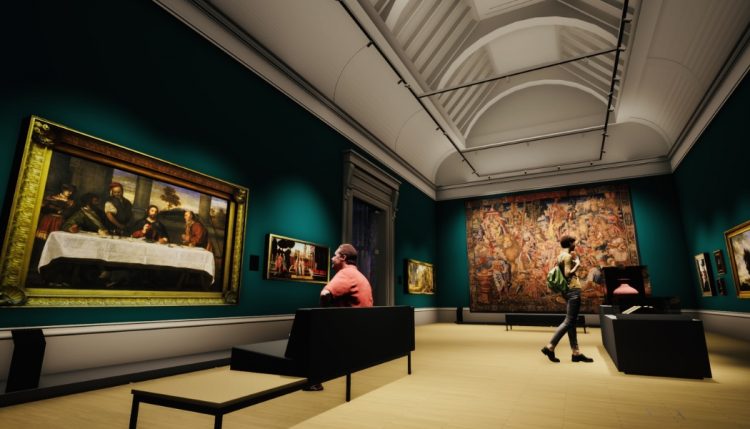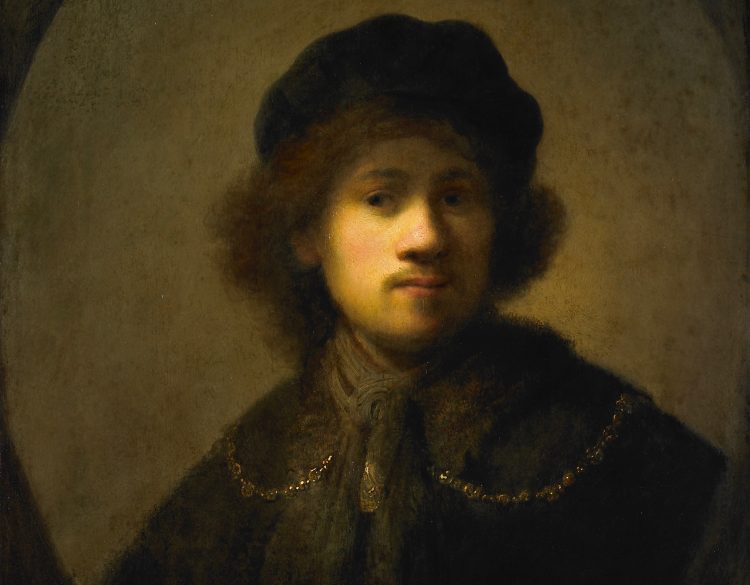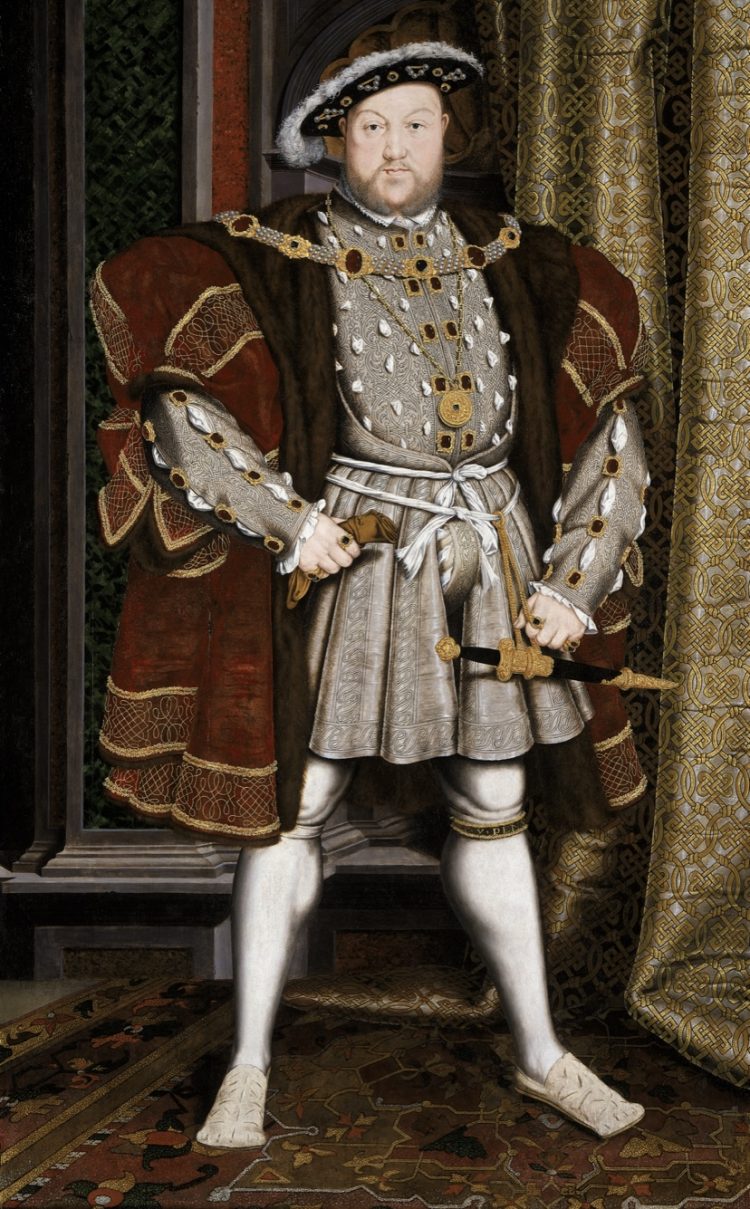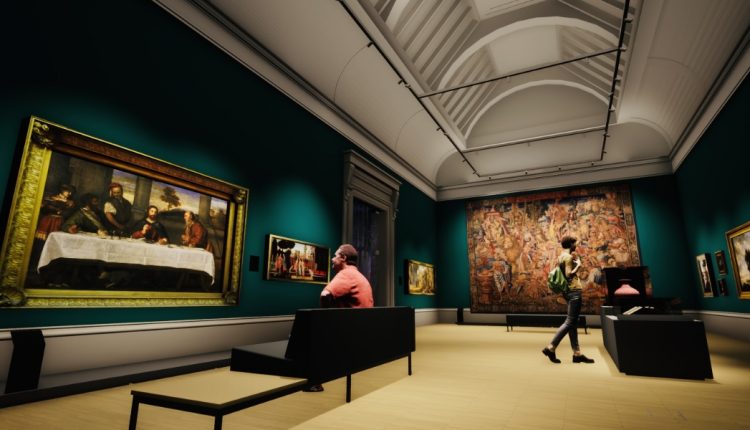Walker Art Gallery to unveil £4.5m transformation
A Renaissance Rediscovered exhibition featuring Titian, Rubens, Michelangelo and Rembrandt this summer will form the centrepiece of the £4.5m transformation of the Walker Art Gallery in Liverpool. Tony McDonough reports

A Renaissance Rediscovered exhibition featuring works by Titian, Rubens, Michelangelo and Rembrandt will showcase the £4.5m transformation of the Walker Art Gallery this summer.
Beginning in 2021, the refurbishment project includes the £710,000 redevelopment of the Medieval, Renaissance and Baroque section of the gallery in William Brown Street in Liverpool.
Renaissance Rediscovered starting on July 29 will present the Walker’s renowned collection of Western European art from the 13th to the 18th century.
Masterpieces such as Simone Martini’s Christ Discovered in the Temple, Holbein’s portrait of Henry VIII, and Rembrandt’s Self-Portrait as a Young Man feature in the space which covers around 6,000 sq ft.
New acquisitions join the collection for the first time, including Allegory of Painting and Music, the first painting by Giovanni Andrea Sirani to enter a UK public collection, and Flowers in a Glass Vase on a Marble Ledge by 17th-century Dutch artist, Willem van Aelst.
Other artists represented include Titian, Lavinia Fontana, Peter Paul Rubens and Bartolomé Esteban Murillo.
More than £700,000 alone has been spent on this section of the Walker Gallery. The wider project has seen the removal of the suspended ceiling, revealing original decorative cornicing that was previously concealed.
Substantial repair work has also been carried out to the air-conditioning and the roof. This project is backed by the Department for Culture, Media and Sport, Tavolozza Foundation, Henry Moore Foundation and Art Friends Merseyside.
Kate O’Donoghue, curator of international fine art, said: “The opening of Renaissance Rediscovered marks an exciting chapter in the history of the Walker, creating beautiful spaces for some of the Gallery’s most magnificent treasures.
“Through remarkable paintings, prints, drawings, decorative art and sculpture, the galleries explore centuries of human creativity and expression.
“With fresh interpretation and thoughtful design, they will also explore stories that have been historically excluded in these spaces.
“We hope this transformation will allow visitors not only to marvel at the considerable skill and artistry on display but also to appreciate that however many centuries separate us, art will always find ways for us to connect with our past.”


This collection has its origins with Liverpool collector and MP, William Roscoe (1753-1831).
When facing bankruptcy in 1816, Roscoe sold his art collection and the Liverpool Royal Institution, made up of associates and friends of Roscoe, bought many of his paintings which went on to form a core part of the Walker’s collection.
New environmental controls mean the Walker Art Gallery’s collection of works on paper will have a dedicated gallery for the first time.
It holds a collection of more than 8,350 drawings, prints and watercolours by British and international artists, many of which have never been shown before.
READ MORE: Liverpool Cathedral unveils latest art exhibition
READ MORE: Online exhibition illustrates 100 years of Cunard
The Prints and Drawings Gallery will show a selection of these pieces, by artists including Peter Paul Rubens, Elisabetta Sirani, Domenichino and Guido Reni, for the opening of Renaissance Rediscovered.
Ceramics, ivory and alabaster carvings, glass, metalwork, jewellery, and textiles dating from 1200 to 1700 also feature.
Many of these objects were among 14,000 pieces presented to Liverpool Museum in 1867 by local goldsmith, Joseph Mayer (1803-1867).
A digital interactive will bring to life one of the largest pieces on display, The Triumph of Fortitude (Brussels, about 1525).

